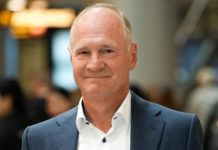With the 1,000th anniversary of the Battle of Clontarf (fought on 23rd April 1013) fast approaching, family short-breaks to explore Viking history will be topical next year. Neil Steedman visited the Viking world of Harald Bluetooth in Roskilde and of Beowolf at Lejre in Zealand, East Denmark – and met real-life Barelegs Vikings from Downpatrick, Co Down, in Frederikssund! 
Danish tourism bodies are keen to work with Irish tour operators and travel agents to develop packages to the many Viking sites and attractions spread throughout Zealand in East Denmark, so I recently visited to experience some of what is on offer.
Whenever the subject of Vikings arose in Ireland, Dr Patrick Wallace, who retired from the post of Director of the National Museum of Ireland in February 2012, could be relied on to assert that Vikings did NOT wear horns on their helmets. I quickly discovered that tourism representatives in East Denmark are even more passionate about correcting this particular myth – for one thing horns on helmets would have got tangled in or cut the ropes of warships or taken out the eye of the person sitting alongside! (The myth could well have been created by the Irish wishing to ‘demonise’ the Viking raiders.)
Viking Ship Museum
After a day and night in wonderful Copenhagen, I took a 45-minute train ride to Roskilde, a capital of Viking Denmark in Zealand and burial place of king Harald Bluetooth, where I helped row and sail a Viking ship out of the Museum Harbour – an exhilarating option available to all visitors. (In case you are wondering, the modern-day Bluetooth logo is a rune combining the runes for Hagall and Bjarkan, King Harald 1 of Denmark’s initials.)
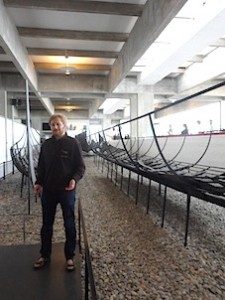
The Viking Ship Museum displays the remains of five Skuldelev ships that were found on the bottom of Roskilde Fjord in 1962 and which took 25 years to restore. They include the Skuldelev 2, a 30 x 3.8m warship built near Dublin around 1042. A reconstruction built by the museum of this ship, the Sea Stallion of Glendalough, was sailed to Dublin in 2007 and I watched the impressive sight of trainees rowing this ship back into harbour.


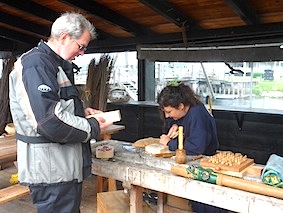
Roskilde Cathedral
King Bluetooth’s alleged burial place, Roskilde Cathedral, was built in the 12th and 13th centuries on the site of a wooden church built by Bluetooth in the 10th century. It was Scandinavia’s first Gothic cathedral to be built of brick – and thus encouraged the spread of this style throughout northern Europe.
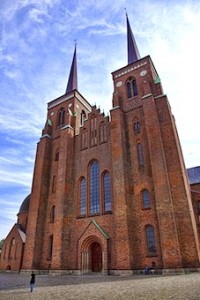
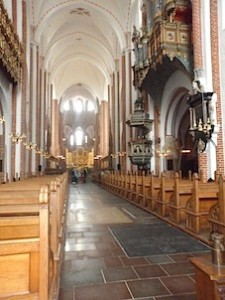
The cathedral, one of Denmark’s six UNESCO World Heritage Sites, has been the mausoleum of the Danish royal family since the 15th century, and porches and side chapels were added up to the end of the 19th century, thus providing a clear overview of the development of European religious architecture.
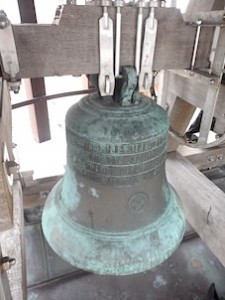
The royal burial tradition lives on and Saint Birgitta’s Chapel is currently being excavated (the archeological dig can be seen from the left aisle) in preparation for housing the future sepulchral monument for the present royal couple, Queen Margrethe 2 and the Prince Consort. A model of the glass sarcophagus that the artist Bjørn Nørgaard is working on is displayed beside the chapel.
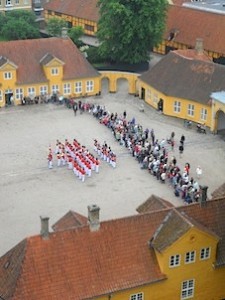
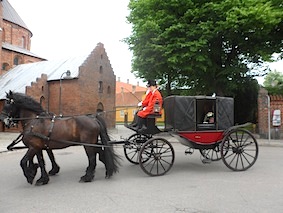
Land of Legends, Lejre
Roskilde Museum is one of the largest local historical museums in Denmark and includes Lejre Museum, 10km to the south-west. Lejre was the royal seat in Denmark around 500 – 1000 AD, as evidenced by the close-by monumental burial mounds, stone ships and kings halls, and is alluded to by events in the epic poem of Beowulf.

Nearby, and an hourly shuttle bus from Lejre Station, is the 4-star attraction Land of Legends, a 43-hectare open-air park where young and old can visit reconstructions of a Stone Age camp, an Iron Age village, a Viking market and 19th-century farm cottages. In midsummer they can also be an archaeologist for a day, sail in a dugout boat, feed wild boar, experience archery, and take part in ancient warrior training.
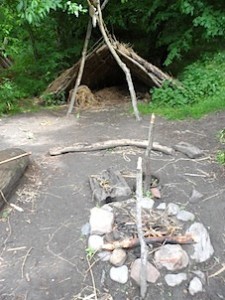

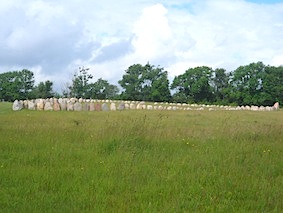
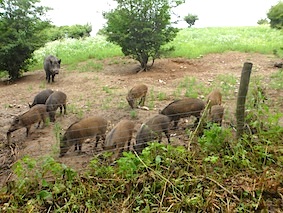
Frederikssund Vikings
From 21st June until 14th July a ‘real life’ Viking settlement takes shape some 20km north of Roskilde at Frederikssund, where hundreds of Viking enthusiasts from all over Europe come to present the Frederikssund Vikingespil theatre, festival and market.
This year they include eight members of the Magnus Barelegs Viking group based in Downpatrick, Co Antrim, who met Frederikssund Vikings on their annual visits to Annagassan, Co Louth, where a 200-hectare Viking fort and settlement was discovered two or three years ago.
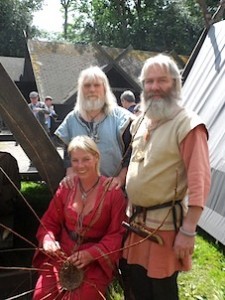
The play this year is the Viking love story Hagbard & Signe. I didn’t see the play, but I was shown around the ‘settlement’ by actor Jesper Wittenburg, who plays Says, Earl of Fjord Country, and who certainly looks the part!
How to Get There
I flew SAS Go from Dublin to Copenhagen with Blue1 and returned SAS Plus with Scandinavian Airlines. From Copenhagen to Roskilde is a 45-minute train ride. A cOPENhagen Card includes use of public transport free of charge throughout Greater Copenhagen.
Where to Stay
In Copenhagen’s city centre lake district, close to Metro, S-train and busses, the 4-star Hotel Kong Arthur (www.kongarthur.dk) offers a carbon-neutral / CO2-neutral environment and free high-speed Internet in every room.
In Roskilde town centre, the historic Hotel Prindsen (www.hotelprindsen.dk) is a short walk away from the palace, cathedral and museum, and is another CO2-neutral hotel.
Useful Websites

